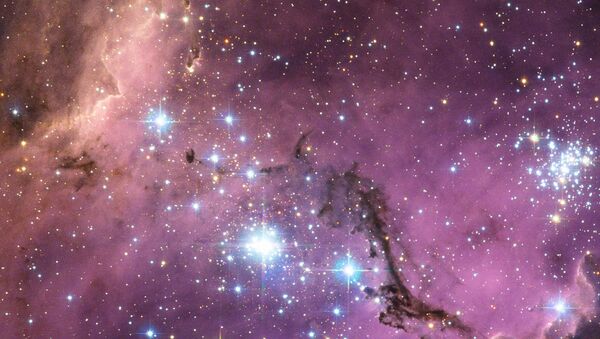It appears that the expansion rate of our universe may vary from place to place, which may force scientists to reassess some of their assumptions regarding the universe's nature, space.com reports citing a new study that was conducted using data from NASA's Chandra X-ray Observatory and ESA's XMM-Newton.
According to the media outlet, study lead Konstantinos Migkas, of the University of Bonn noted that equations based on Einstein's general theory of relativity suggest that the universe, which has been expanding continuously for more than 13.8 billion years, was growing at roughly the same pace "on large spatial scales".
"One of the pillars of cosmology - the study of the history and fate of the entire universe - is that the universe is 'isotropic,' meaning the same in all directions," he said. "Our work shows there may be cracks in that pillar."
As the researcher pointed out, since the Observations of the cosmic microwave background – "leftover relic radiation from the Big Bang" – show that it appears to be isotropic, "cosmologists extrapolate this property of the very early universe to our current epoch, nearly 14 billion years later."
However, Migkas and his colleagues have examined some 842 galaxy clusters during the course of their study, and established that the expansion rate of our universe appeared to differ from region to region.
"We managed to pinpoint a region that seems to expand slower than the rest of the universe, and one that seems to expand faster!", Migkas noted. "Interestingly, our results agree with several previous studies that used other methods, with the difference that we identified this 'anisotropy' in the sky with a much higher confidence and using objects covering the whole sky more uniformly."

